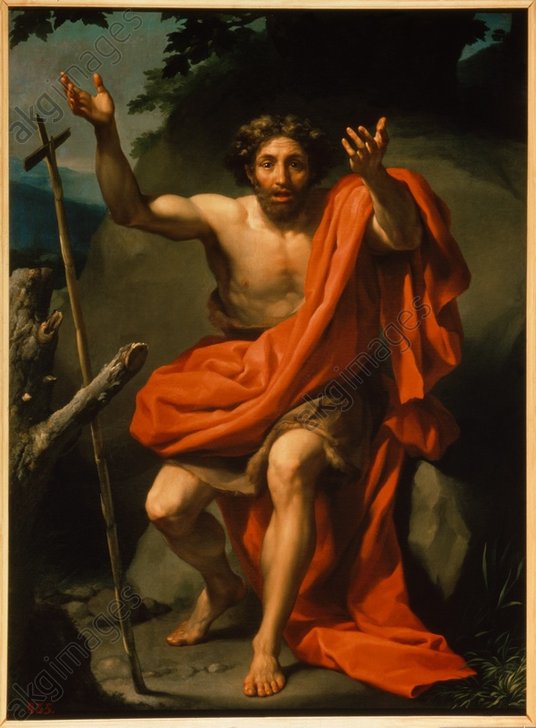Mount Calvary
A Roman Catholic Parish
The Personal Ordinariate of S. Peter
Eutaw Street and Madison Avenue
Baltimore, Maryland
Rev. Albert Scharbach, Pastor
Andrew Johnson, Organist and Music Director
Advent II
December 6, 2020
8:00 A.M. Said Mass
10:00 A.M. Sung Mass
This mass will be livestreamed
__________________
Organ Prelude
“Es ist ein Ros’ entsprungen (Lo, How a Rose E’er Blooming),” Johannes Brahms
This setting of “Lo, How a Rose E’er Blooming” comes from the composer’s Eleven Chorale Preludes written in the last year of his life. Brahms takes the chorale “bud,” nurtures it with his highly-chromatic language, and offers us this beautiful blossom of a chorale prelude.
_________
Organ Postlude
“Noёl Suisse” Louis-Claude Daquin
Daquin (1694-1772) was titular organist at Notre-Dame in Paris from 1755 until his death. The postlude is the last of his Twelve Noёls for organ or harpsichord.
__________________
Offertory Anthem
“Comfort Ye, My People & Every Valley Shall Be Exalted” from Messiah, G.F. Handel
Comfort ye, comfort ye my people, saith your God.
Speak ye comfortably to Jerusalem, and cry unto her,
that her warfare is accomplished, that her iniquity is pardoned.
The voice of him that crieth in the wilderness,
Prepare ye the way of the Lord,
make straight in the desert a highway for our God.
Every valley shall be exalted,
and every mountain and hill made low;
the crooked straight, and the rough places plain.
Handel (1685-1759) was a renowned German/English composer of the 18th century, whose popularity far exceeded that of J.S. Bach during their lifetime. These two pieces constitute the first recitative and air from the composer’s beloved oratorio, Messiah.
__________
Communion Anthem
“E’en So, Lord Jesus, Quickly Come” Paul Manz
Peace be to you and grace from Him
Who freed us from our sins,
Who loved us all and shed His blood
That we might saved be.
Sing Holy, Holy to our Lord,
The Lord, Almighty God,
Who was and is and is to come,
Sing Holy, Holy, Lord!
Rejoice in heaven, all ye that dwell therein,
Rejoice on earth, ye saints below,
For Christ is coming, is coming soon,
For Christ is coming soon!
E’en so, Lord Jesus, quickly come,
And night shall be no more;
They need no light nor lamp nor sun,
For Christ will be their All!”
Manz (1919-2009) was a renowned American organist, conductor, and composer best known for his improvisations and hymn festivals. This motet is his most well-known choral work, having been sung at the Festival of Nine Lessons & Carols at King’s College in 2004.
__________________
Hymns
Comfort, comfort ye my people (Tröstet, tröstet meine Lieben) was written by Johann Olearius (1611–1684), a Lutheran pastor at Halle and translated by Catherine Winkworth (1827–1878). The hymn is a paraphrase of Isaiah 40:1-5, in which the prophet looks forward to the coming of Christ. More specifically, the coming of the forerunner of Christ – John the Baptist – is foretold. Though Isaiah’s voice crying in the desert is anonymous, the third stanza ties this prophecy and one from Malachi (Malachi 4:5) to a New Testament fulfillment. “https://www.youtube.com/watch?v=2sfDESOjN0I&t=20sFor Elijah’s voice is crying In the desert far and near” brings to mind Jesus’ statement, “’But I tell you that Elijah has already come.’ Then the disciples understood that he was speaking to them of John the Baptist.”
The tune GENEVAN 42 is an adaptation by Louis Bourgeois (1510–1559) of a tune by Claude Goudimel (1501–1572), a French Calvinist who was killed in the St. Bartholomew’s Day Massacre.
